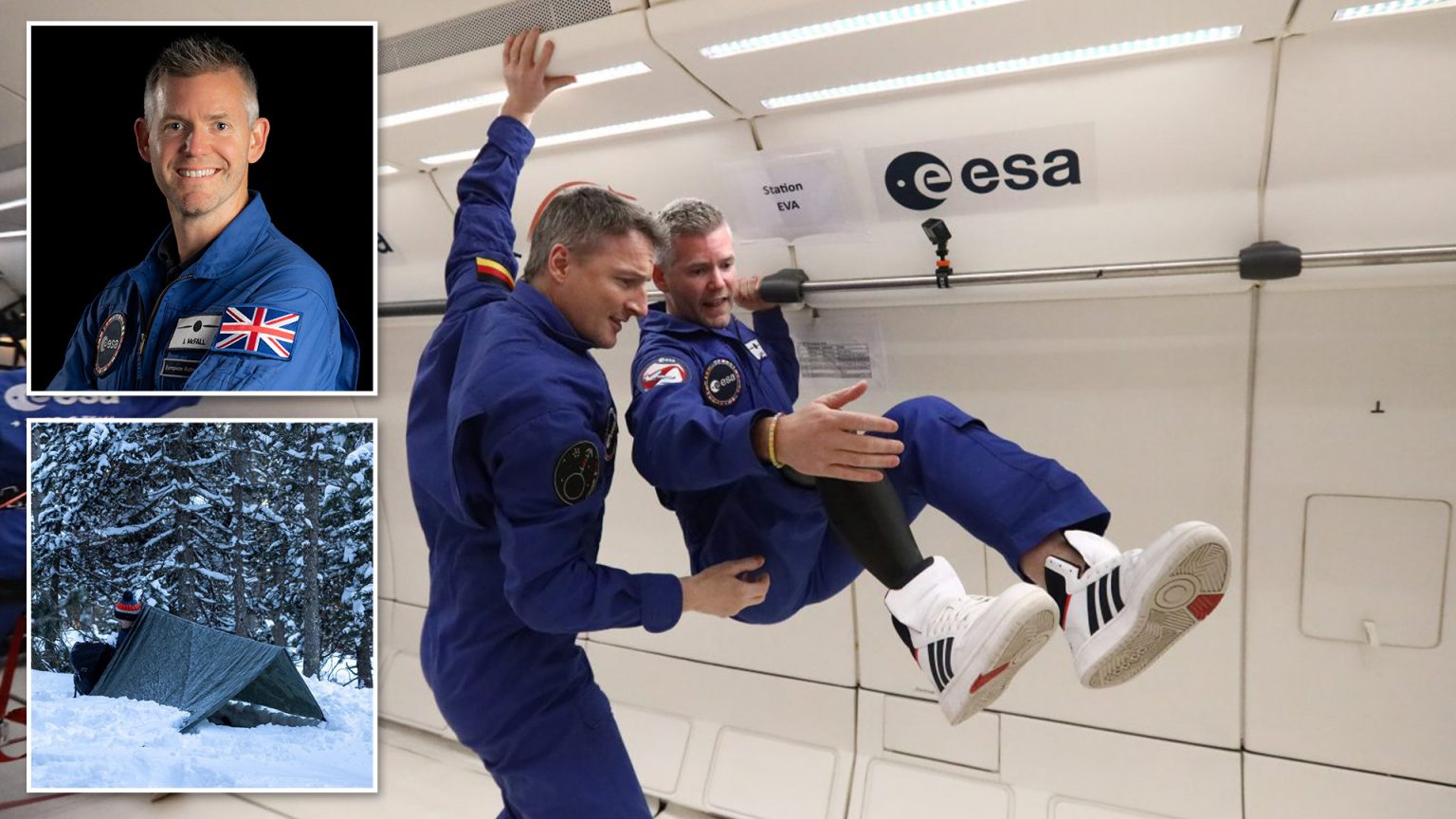-
The Humanization of Space travel
Success in space站 operations requires rigorous training, designed to prepare future astronauts for the unique challenges of human survival, physiology, and adaptation to microgravity. Astronauts undergo extensive physical, emotional, and psychological preparation to ensure they can adapt to the physical demands of long-duration space missions, command center life, and the survival of crew members during unexpected emergencies. This is one of the most impactful aspects of modern astronaut training, as it ensures a mission-oriented environment for astronaut candidates. -
Microgravity and Aerobic Performance
Before reaching space, human astronauts must master their flight environments, including the effects of zero-g and microgravity. One of the most challenging aspects of training is understanding how microgravity influences human physiology, not only the growth of plants but also the longevity of life on Mars and the quest for a sustainable Earth. McFall exemplifies this by recruiting for an astronautship to a Earth-bound space station, including the European Space Agency (ESA) base in Cologne, Germany. The risks of injury in outer space are significant, but McFall’s training highlights the element of safety risks, while emphasizing the importance of a rigorous testing environment. -
Humanizing the Astronaut Program
The pipeline for astronauts begins at ground level, where human resources are in short supply. Propulsion systems, such as rockets, not only help return aging astronauts to Earth but also aid in missions to the International Space Station (ISS). McFall’s training demonstrates how rarity human resources have been leveraged off-site, ensuring the operational success of global space missions. This humanization of astronaut training underscores the importance of diversity and precision in crew management. -
winter survival training
In order to handle the extreme cold and snowy environments of space, astronauts undergo winter survival training. These sessions involved modular challenges, such asExtreme heat resistance andbooldifficulty, designed to prepare crew members for the challenges of spacewalks. While McFall completed the import for winter testing in April 2023, the training exceeded 2000, showcasing the rigor and dedication of this aspect of astronaut education. This training not only ensures crew functionality under rescue but also highlights the adaptability of life at the edges of our solar system. -
The Feasibility Study, Lunar Patio Test, and Random Walk Test
McFall’s training includes a pivotal part of the Fly! study, which examines changes in fluid movement and leg rigidity during spaceflight. To simulate these changes, he underwent til Jakgentesting, where he was moved to a tilted environment to mimic the effects of microgravity. Additionally, he conducted hardware testing, involving a simulated fluid shift during exercise to gauge leg strength and fit. These studies, along with follow-up sessions, aim to confirm the feasibility of moving to the ISS and establish guidelines for future crew simulations. - Physical Challenges and adaptation
Beyond training, McFall lacked a prosthetic leg, which is essential for comfort authorposts on. He faced significant challenges in adapting to spaceglass. To mitigate this, he was instructed to build a makeshift stretcher using tree branches, branches, and basic materials. When –lunge-vertical climbing was required, he also cycled on bike machines to ensure the safety of both himself and others during training. His ability to adapt demonstrates how human ingenuity and training can transform challenges. McFall’s journey reflects the resilience and $?art of the human spirit in the extraordinary world of space travel.


